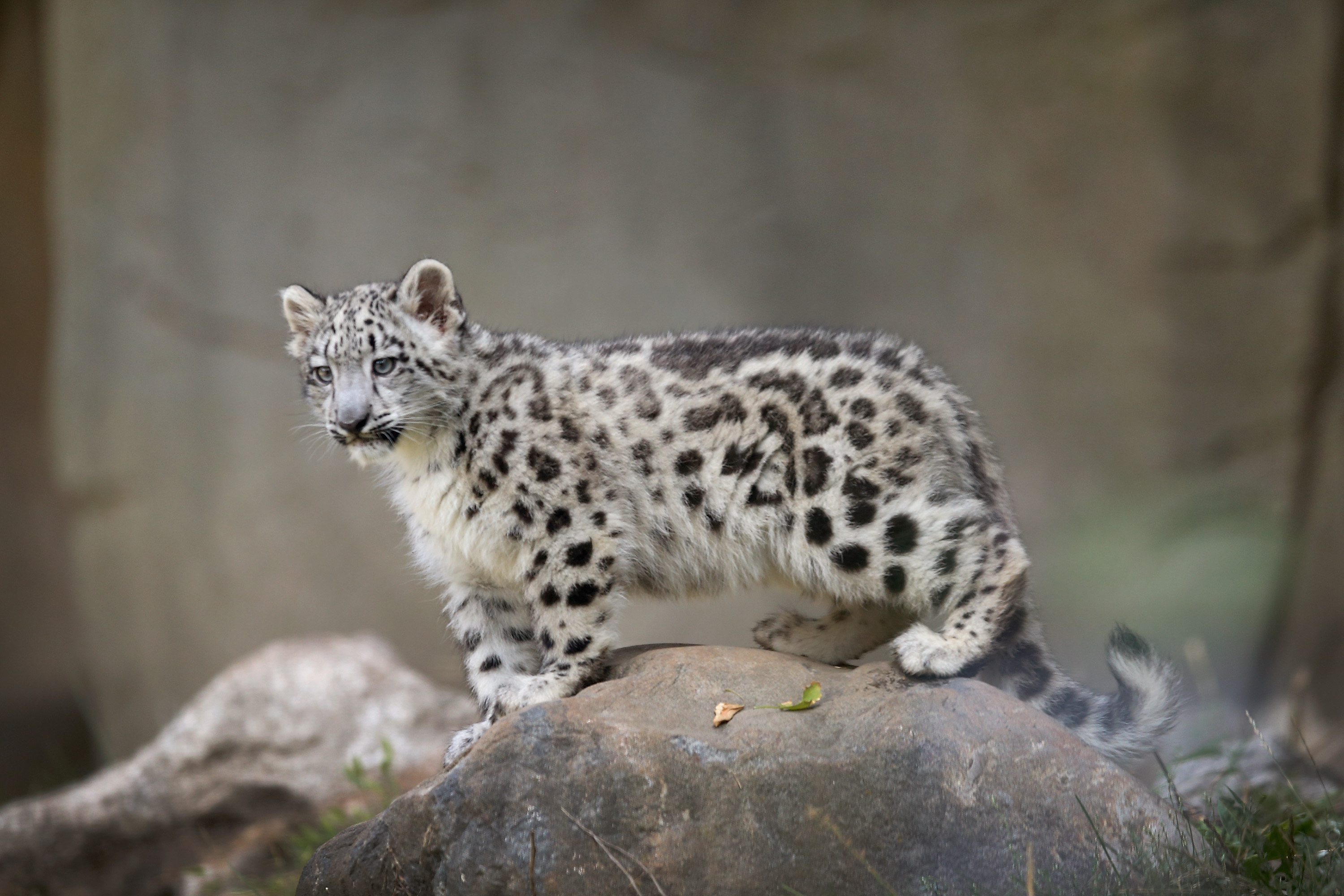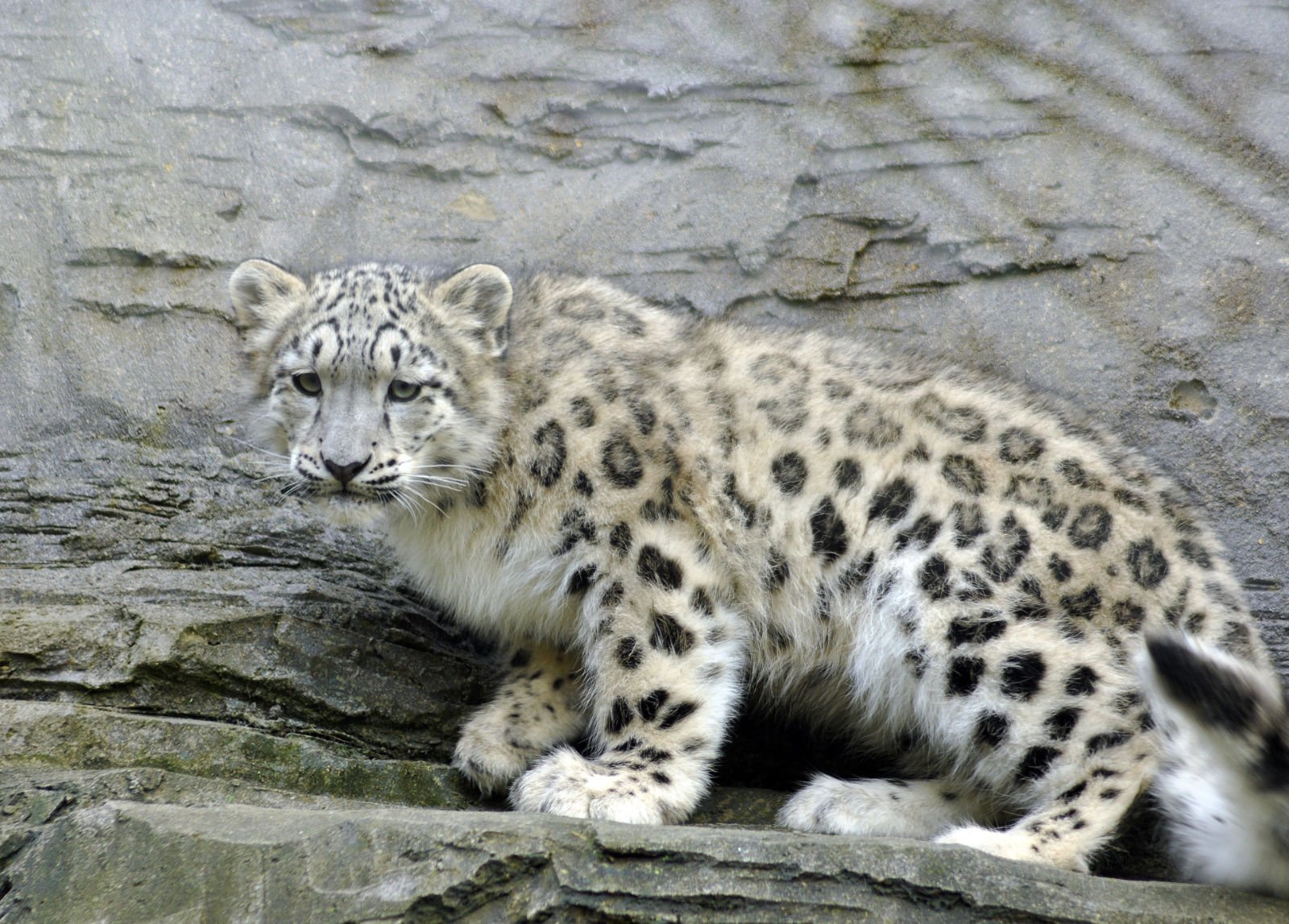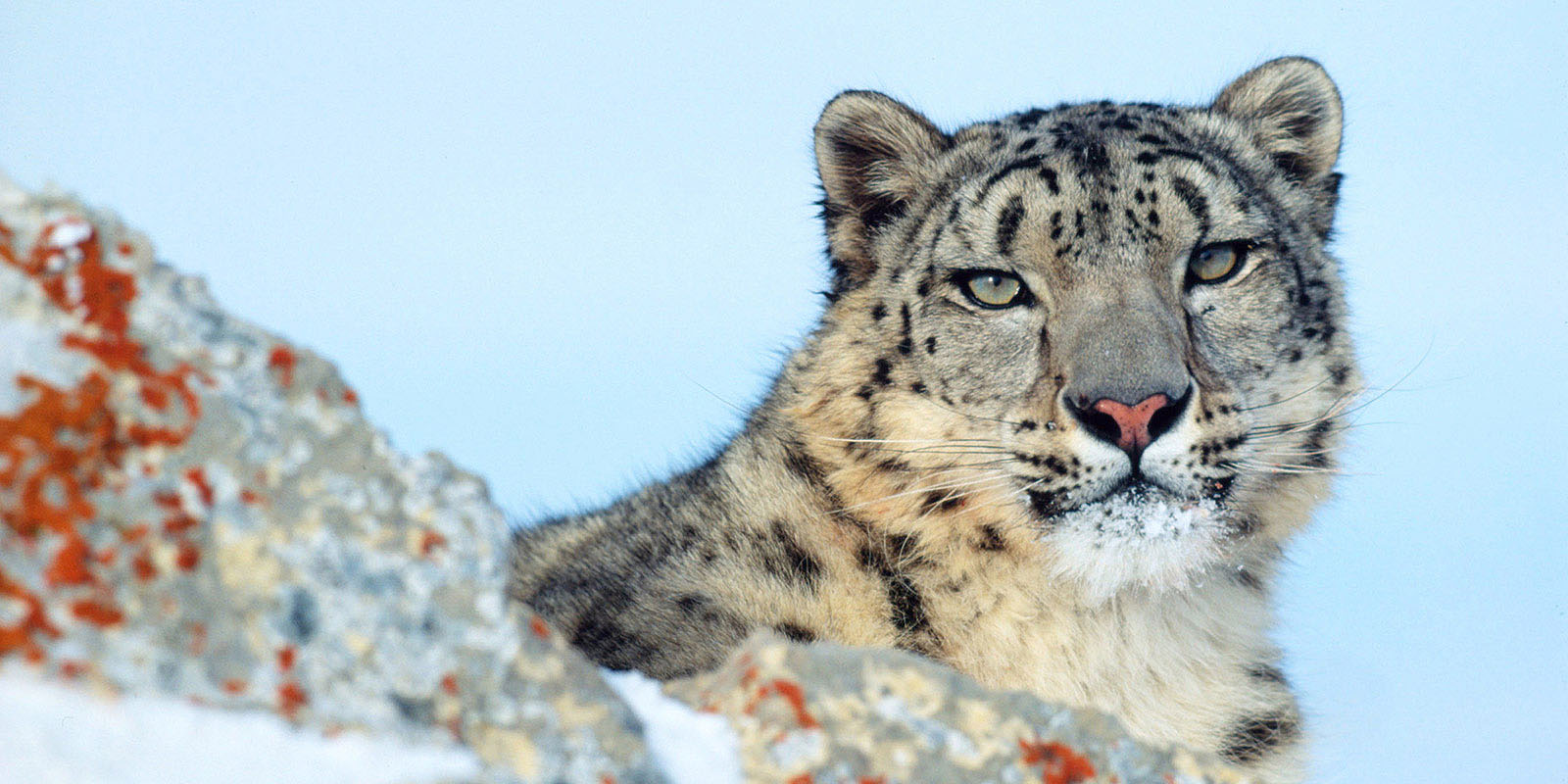THE SNOW LEOPARD
Background
The snow leopard’s powerful build allows it to scale great steep slopes with ease. Its hind legs give the snow leopard the ability to leap six times the length of its body. A long tail provides balance and agility and also wraps around the resting snow leopard as protection from the cold.

For millennia, this magnificent cat was the king of the mountains. The mountains were rich with their prey such as blue sheep, Argali wild sheep, ibex, marmots, pikas and hares. Snow leopards are found in 12 countries—including China, Bhutan, Nepal, India, Pakistan, Afghanistan, Russia, and Mongolia—but their population is dropping.

Population
Last winter, a WWF census found a total of 61 snow leopards in Russia’s Altai-Sayan Ecoregion, a remote landscape where high, snowy mountain ranges offer a last refuge for this rare feline. Snow leopard numbers have been relatively steady in Russia since WWF and partners first began monitoring them three years ago. But with fewer than 7,000 estimated to live in the wild, they remain endangered.

Endangered
Snow leopards are often killed by local farmers because they prey on livestock such as sheep, goats, horses, and yak calves. The animals which snow leopards would typically hunt—such as the Argali sheep—are also hunted by local communities. As their natural prey becomes harder to find, snow leopards are forced to kill livestock for survival.

WWF understands there are extraordinary opportunities for conservation to help local people and wildlife live and prosper together. In the Eastern Himalayas, WWF works with local communities to monitor snow leopards and reduce the retaliatory killing of them through innovative local insurance plans.

WWF also works with goat herders in Mongolia to build awareness about the plight of the snow leopard and reduce the killing of snow leopards as retaliation for killing livestock. Through the Land of Snow Project, WWF aims to secure key areas of snow leopard habitat in Mongolia.


